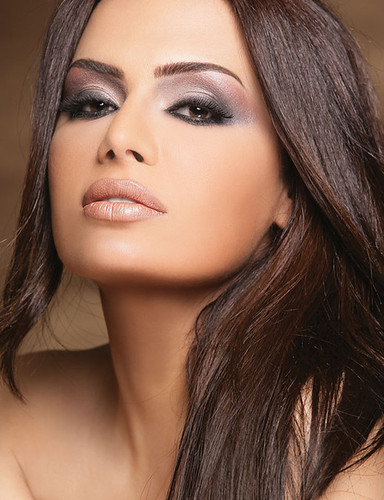
Lipstick colors application is the funnest and easiest part of face makeup partly because there are not as many 'rules' to follow and because the color you put on your lips changes your appearance instantly. You can transform your look from natural pinks to dramatic reds just by changing colors.
Mix and Match Lip Colors
You can even make your own unique color combinations by mixing lipstick colors on your lips to define your mouth, add color to your face and balance your overall look. That way you can customize your lip color to create the effect you want and to match different clothes.
So, with so many choices there is no need to restrict yourself to wearing the same lipstick colors all the time. Your lip colors can range from natural looking pinks and beiges, to oranges, to dramatic and elegant reds. And, as a finishing touch, make sure that your lipstick goes with your blusher.
When it Comes to Lipstick, Pigment is King...
 |
The main ingredient in lipstick is pigment, which provides the color. It also contains oils to moisturize and spread the lipstick colors; and wax to keep its shape. The ratios of these ingredients may vary but the more pigment it has, the more it dries your lips. And quality does not depend on price, you can find good quality lipstick at cheap prices.
Lipstick is available in stick, cream and frosted formulas, and in a wide range of colors. Some can last several hours of wear before having to reapply. Some lipsticks offer high solid coverage, while others are sheer and natural. Since, some formulas may feel dry on the lips, you may want to test them before you purchase. The five basic types are sheer, shimmer, cream, matte, and long-lasting.




